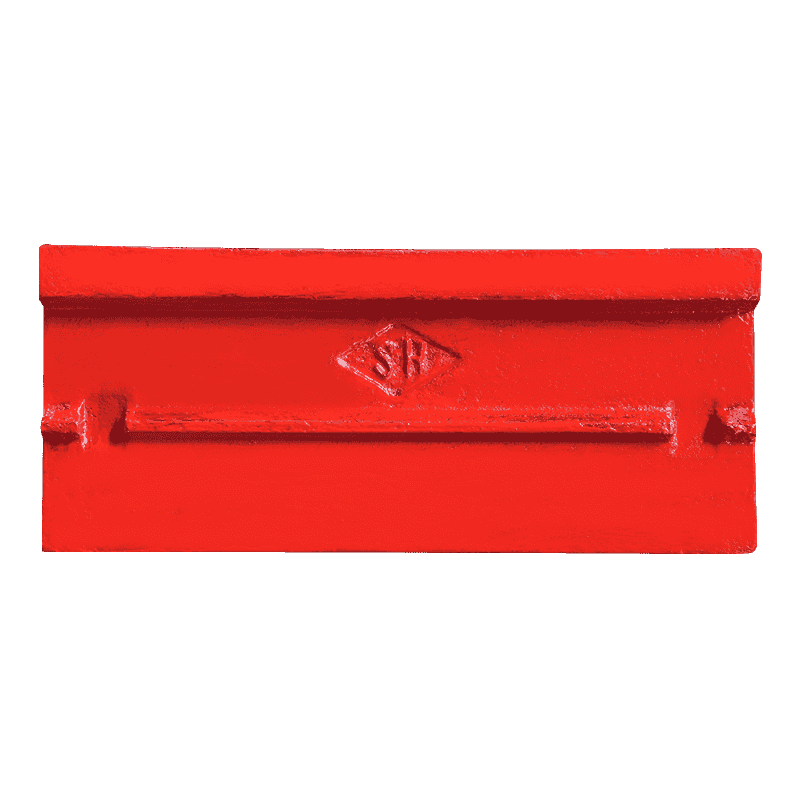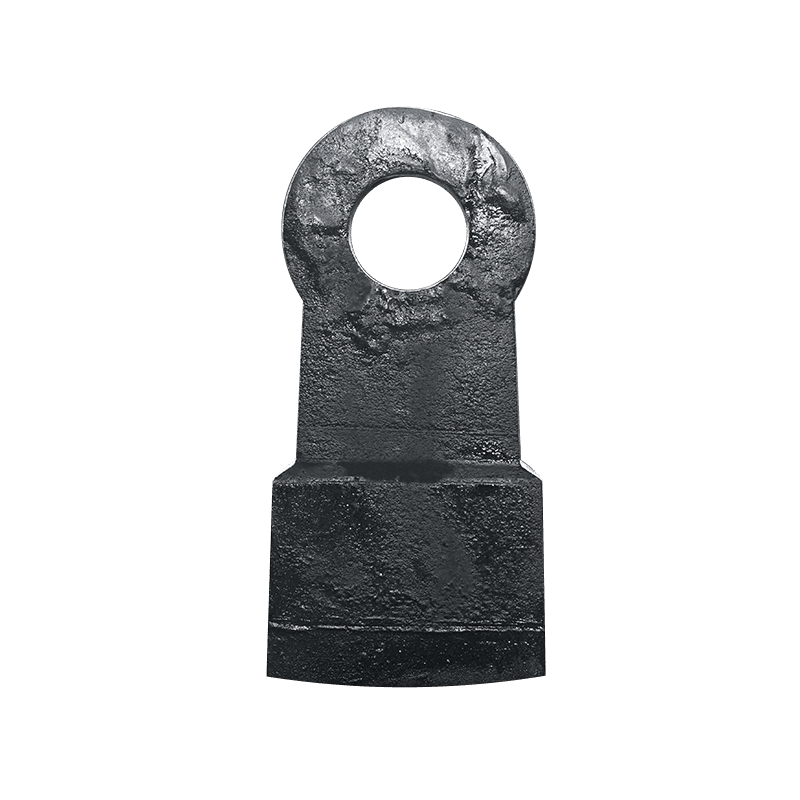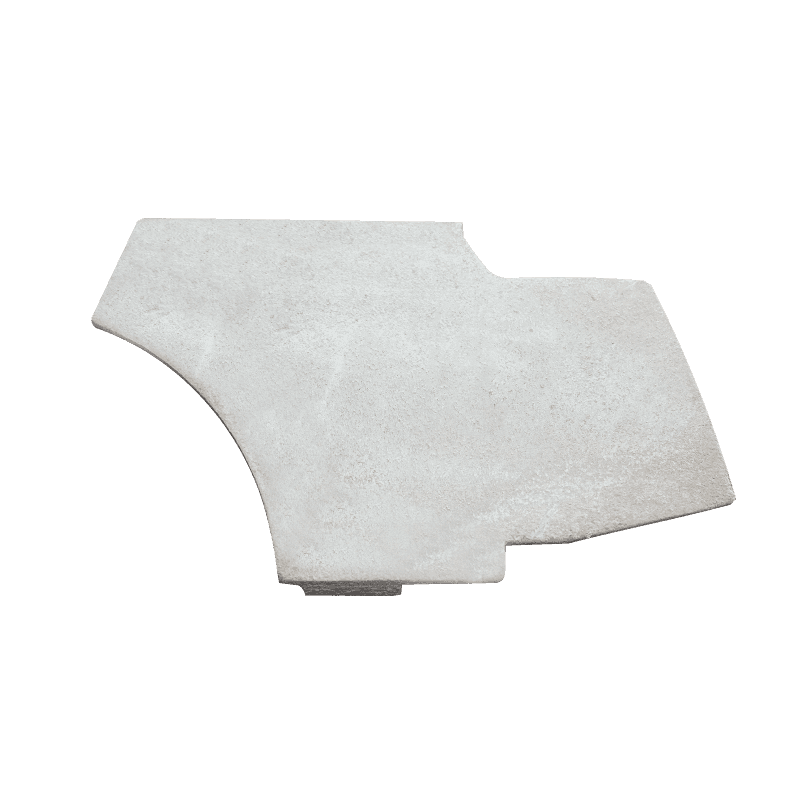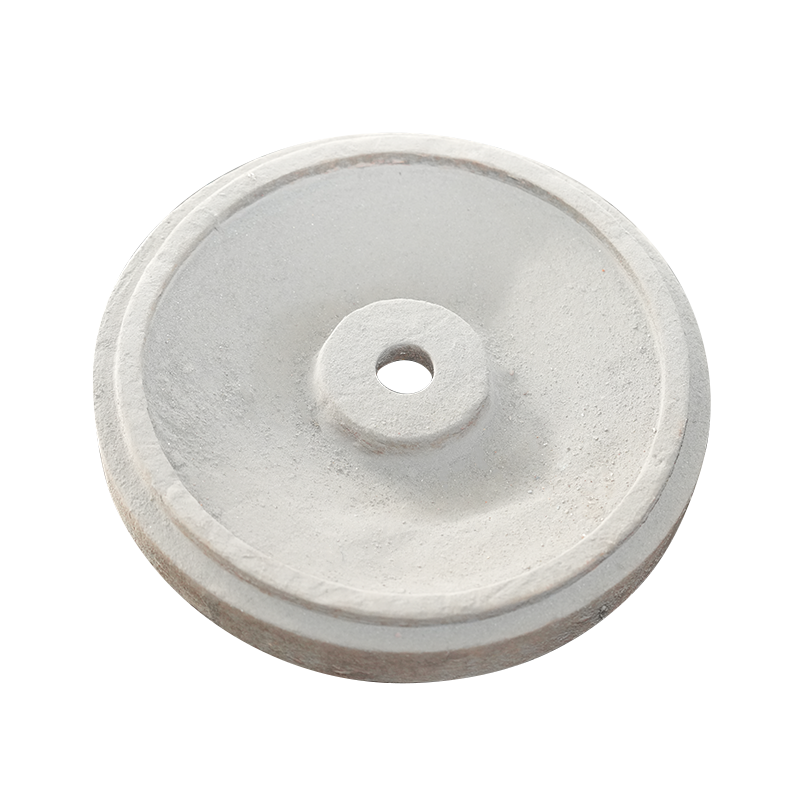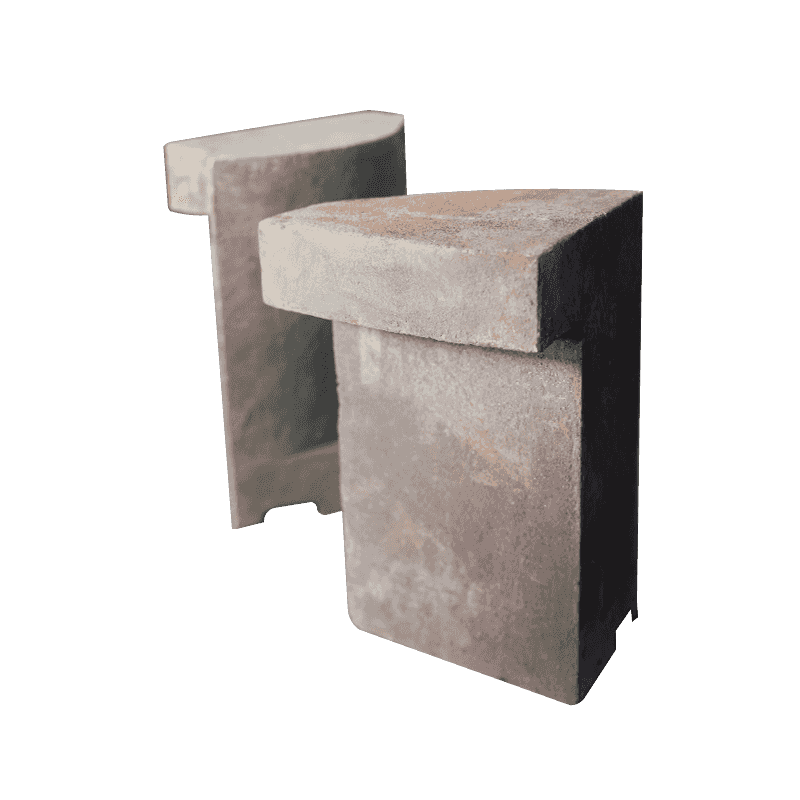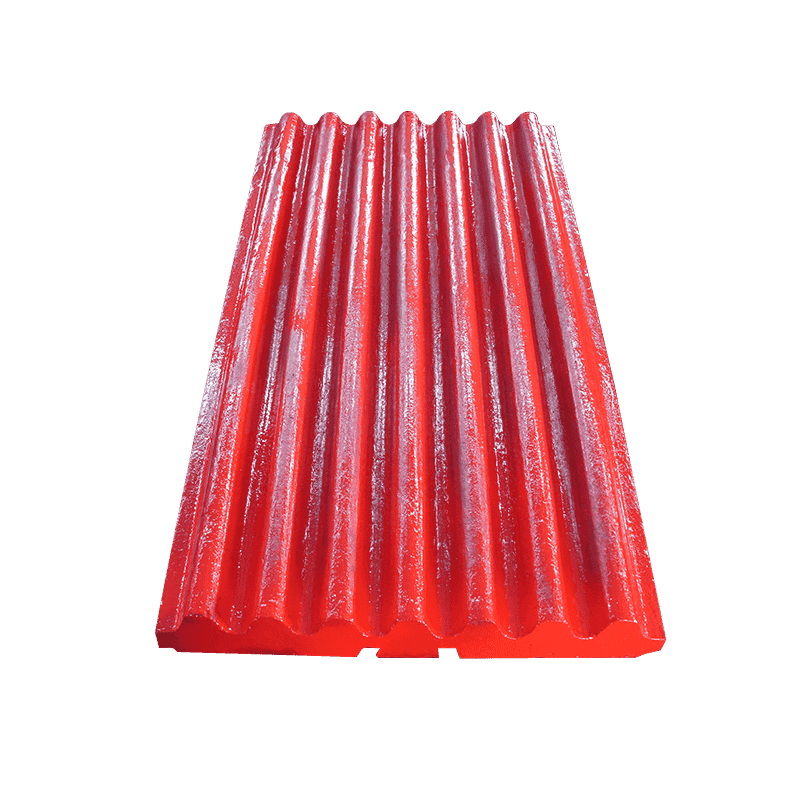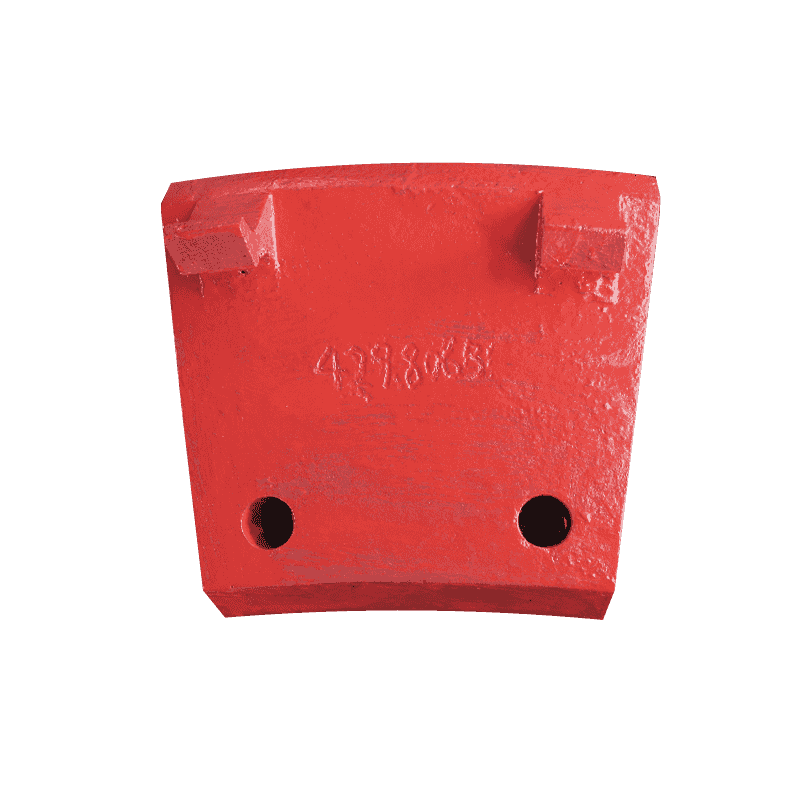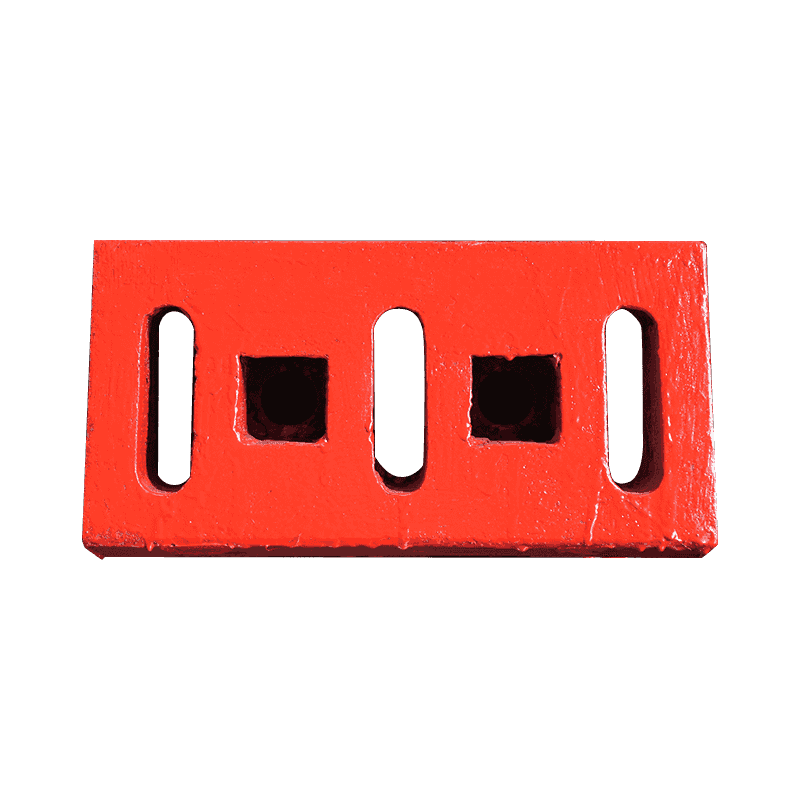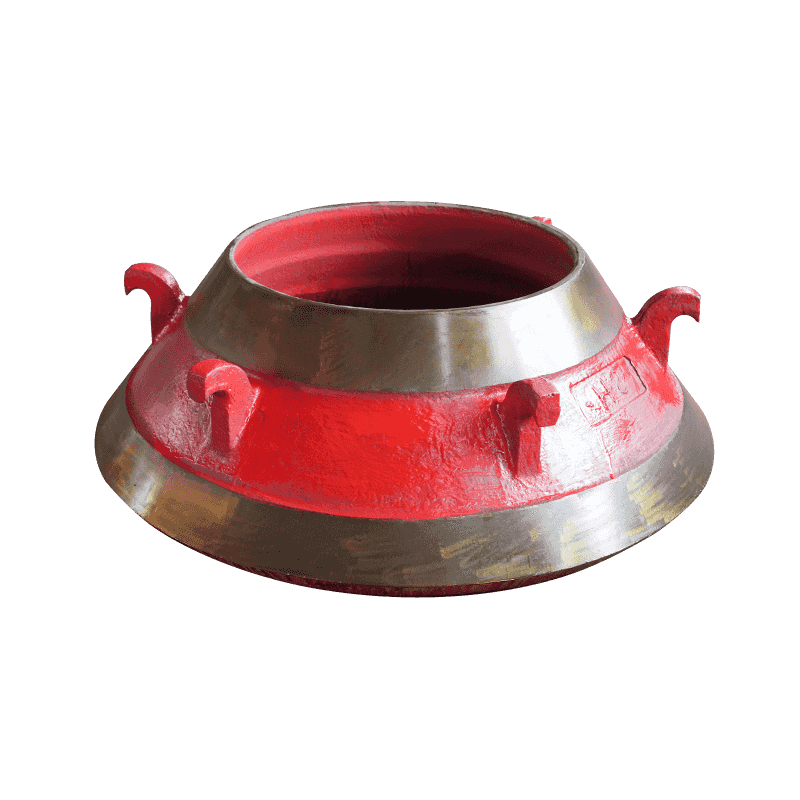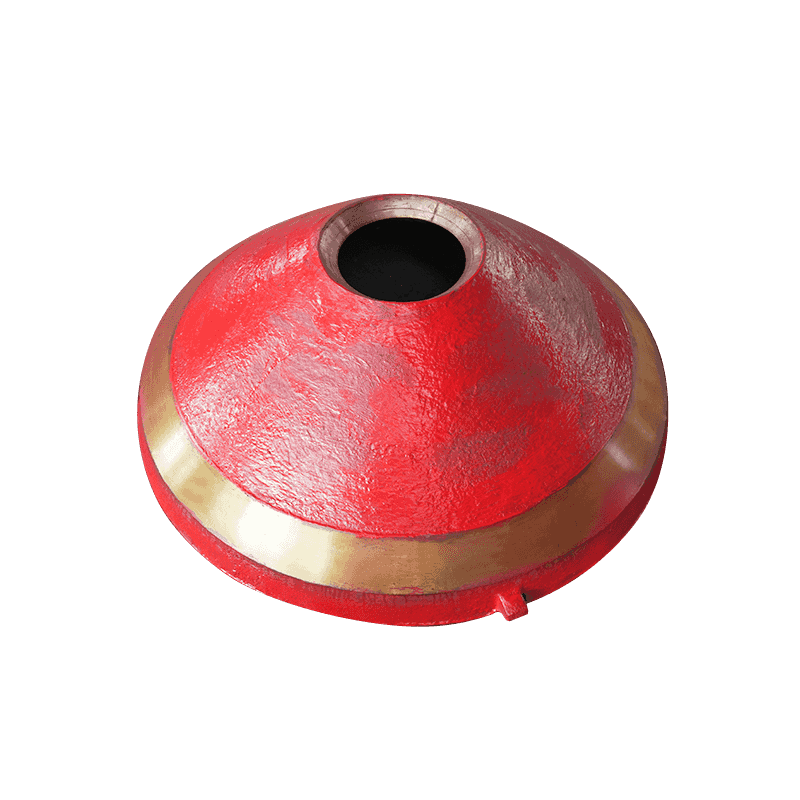What are the effects of uneven wear of high chrome plate hammer for impact crusher?
In the fields of mining, construction waste treatment and sand and gravel aggregate production, impact crushers are key equipment, and their operating stability and discharge quality have a direct impact on the overall efficiency of the production line. As an important vulnerable component of the equipment, the high-chromium plate hammer has excellent wear resistance and impact resistance. However, in actual operation, due to the influence of multiple factors such as complex working conditions, differences in material properties and equipment maintenance level, the problem of uneven wear of the plate hammer has become more and more significant.
From the perspective of crushing efficiency, the uneven wear of the high-chromium plate hammer will lead to an unbalanced energy distribution in the crushing chamber. When the wear of some local areas of the plate hammer exceeds 30% of the design value, the radius of curvature of its striking surface will increase significantly, and the collision contact area of ??the material will decrease accordingly, resulting in a reduction of more than 40% in the energy density of a single strike. This energy attenuation directly affects the crushing efficiency of the material, and the proportion of large particles that are not fully crushed increases, further causing the problem of excessive discharge particle size. Monitoring data from a cement plant showed that for every 1mm increase in hammer wear, the proportion of particles larger than 5mm in the discharge will increase by 2.3 percentage points. When the wear reaches 15mm, the particle size exceedance rate will even exceed 30%, which will increase the load of the subsequent screening system and reduce the overall production efficiency.
In addition, the vibration and noise problems of the equipment are a direct manifestation of uneven wear. Uneven wear of the hammer will destroy the dynamic balance of the rotor, causing periodic vibration of the equipment when rotating at high speed. When the mass distribution deviation of the hammer exceeds 5%, the vibration intensity of the equipment may increase from 2.8mm/s to 7.2mm/s, and the temperature of the bearing seat will exceed 85℃. This vibration not only accelerates the wear of the bearing cage and shortens the life of the bearing by 60%, but also may cause the loosening of the equipment foundation bolts through the resonance effect, and even cause the risk of equipment overturning. At the same time, the intensification of vibration will also generate high-frequency noise, threatening the hearing health of operators.

 English
English  русский
русский  عربى
عربى 